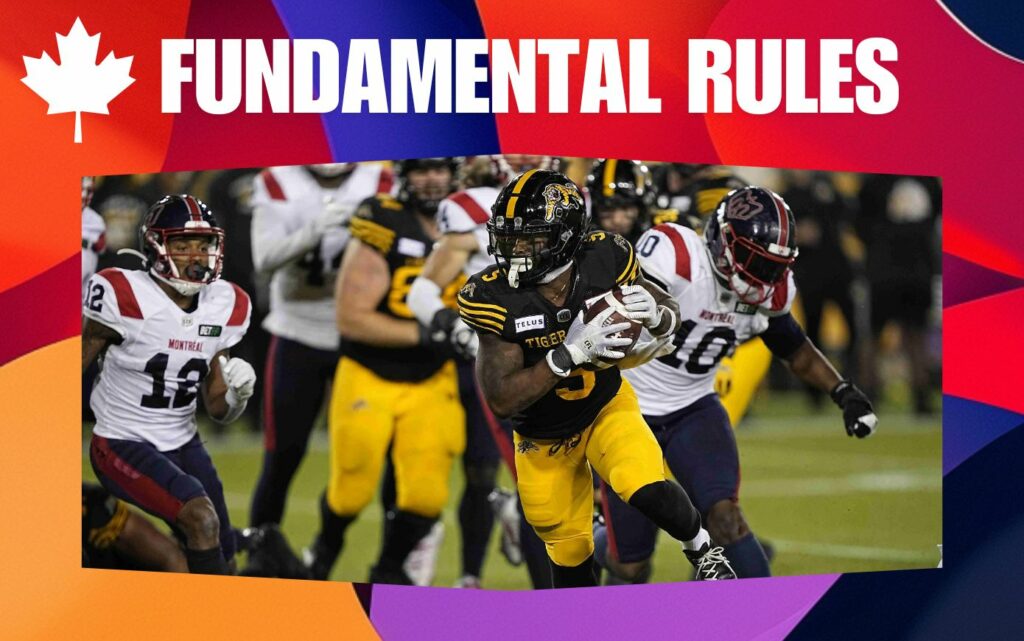Canadian football, a distinct version of gridiron football, is deeply rooted in Canadian culture and history. With its unique set of rules and a storied past, Canadian football offers a different flavor of the sport compared to its American counterpart. Here, we explore both the history and the fundamental rules that define Canadian football.
History of Canadian Football
The origins of Canadian football can be traced back to the early 19th century, influenced heavily by both rugby and American football.
- Early Beginnings: The game began to take shape in the 1860s, with the first documented football game played in 1861 between the University of Toronto and the University of Trinity College.
- Evolution: In 1869, the first set of written rules was established by the Montreal Football Club, leading to a more structured form of the game. By the 1880s, the sport had gained popularity in Canada, and the Canadian Rugby Football Union (CRFU) was formed in 1884 to oversee the sport.
- Transition to Modern Football: The early 1900s saw a gradual shift from rugby-style rules to those more aligned with American football, culminating in the formation of the Canadian Football League (CFL) in 1958, which unified professional football leagues across Canada.
Fundamental Rules of Canadian Football

Canadian football, governed by the CFL, has several distinctive rules that set it apart from American football.
- The Field:
- Dimensions: The field is larger, measuring 150 yards in length (including 20-yard end zones) and 65 yards in width.
- End Zones: The end zones are deeper, at 20 yards compared to 10 yards in American football.
- Teams and Players:
- Number of Players: Each team fields 12 players instead of 11.
- Positions: The extra player is usually a backfielder or an additional defensive back.
- Gameplay:
- Downs: Teams have three downs to advance the ball 10 yards, as opposed to four downs in American football.
- Play Clock: The play clock is 20 seconds, shorter than the 40 seconds allowed in American football.
- Scoring:
- Touchdowns: Worth 6 points.
- Field Goals: Worth 3 points.
- Conversions: Teams can attempt a 1-point conversion by kicking the ball through the uprights or a 2-point conversion by running or passing the ball into the end zone.
- Rouge: A single point awarded when the ball is kicked into the end zone and not returned out.
- Motion:
- Pre-snap Motion: Multiple players can be in motion before the snap, as long as they are behind the line of scrimmage at the time of the snap.
- Kicking Rules:
- Kickoffs: The kicking team must be behind the ball, and the receiving team must be 10 yards away from the line of kickoff.
- Punting: Punts that go out of bounds between the goal lines are legal.
- Overtime:
- Procedure: Each team gets at least one possession from the opponent’s 35-yard line. If the score remains tied after each team has had a possession, the process repeats until a winner is determined.
Cultural Impact
Canadian football has had a significant cultural impact, particularly in regions where the CFL teams are based. The Grey Cup, the championship game of the CFL, is one of the oldest and most prestigious sporting events in Canada, drawing substantial national attention.
Canadian football, with its larger field, fewer downs, and unique scoring system, offers a distinctive take on gridiron football that is enjoyed by many. Its rich history and the passionate following of the CFL showcase the sport’s enduring popularity in Canada. For anyone looking to understand the nuances and enjoy the unique aspects of Canadian football, delving into its rules and history is an excellent start.

